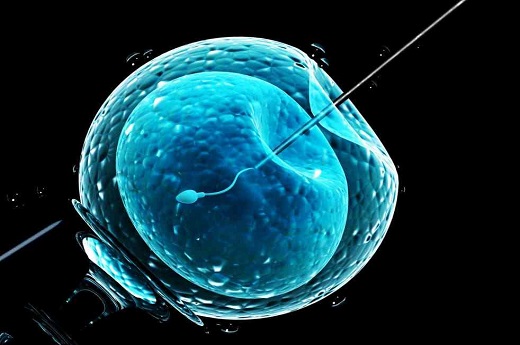In this article, we will discuss the reliability of Hangzhou three-generation test-tube babies. We will explore this topic from six aspects, including the technology, success rate, safety, ethical considerations, legal regulations, and future prospects. By examining these factors, we aim to provide a comprehensive understanding of the reliability of Hangzhou three-generation test-tube babies.
The reliability of Hangzhou three-generation test-tube babies is a topic of great interest and importance. As this technology continues to advance, it is essential to understand the various factors that contribute to its reliability. By examining the technology, success rate, safety, ethical considerations, legal regulations, and future prospects, we can gain a better understanding of the overall reliability of Hangzhou three-generation test-tube babies.

The technology behind Hangzhou three-generation test-tube babies is complex and constantly evolving. It involves the use of in vitro fertilization (IVF) and preimplantation genetic testing to select embryos free of genetic disorders. This technology has greatly improved the success rates of IVF and has allowed for the prevention of genetic diseases in offspring. However, there are still limitations and challenges associated with this technology, such as the potential for errors in genetic testing and the high cost of the procedure.
The success rate of Hangzhou three-generation test-tube babies is a crucial factor in determining their reliability. While the technology has significantly improved the chances of successful pregnancy and healthy childbirth, there are still risks and uncertainties involved. Factors such as the age of the parents, the quality of the embryos, and the expertise of the medical team can all impact the success rate of this procedure. It is important for prospective parents to carefully consider these factors when evaluating the reliability of Hangzhou three-generation test-tube babies.
The safety of Hangzhou three-generation test-tube babies is a paramount concern for both parents and medical professionals. While the technology has advanced significantly, there are still potential risks and complications associated with the procedure. These may include ovarian hyperstimulation syndrome, multiple pregnancies, and the potential for genetic abnormalities in the offspring. It is essential for medical professionals to carefully monitor and manage these risks to ensure the safety and well-being of both the mother and the baby.
The ethical considerations surrounding Hangzhou three-generation test-tube babies are complex and multifaceted. This technology raises important questions about the manipulation of human embryos, the commodification of reproduction, and the potential for eugenics. It is essential for society to engage in thoughtful and informed discussions about the ethical implications of this technology, and for medical professionals to uphold the highest standards of ethical conduct in their practice.

The legal regulations governing Hangzhou three-generation test-tube babies play a crucial role in ensuring their reliability and safety. These regulations vary by country and region, and may impact the availability and accessibility of this technology. It is essential for medical professionals and prospective parents to be aware of and comply with these regulations to ensure that the procedure is conducted ethically and responsibly.
Looking ahead, the future prospects of Hangzhou three-generation test-tube babies are both exciting and uncertain. As technology continues to advance, we can expect further improvements in the reliability and success rates of this procedure. However, it is essential for ongoing research and development to address the remaining challenges and limitations associated with this technology. By doing so, we can ensure that Hangzhou three-generation test-tube babies continue to offer safe and reliable options for prospective parents.
In conclusion, the reliability of Hangzhou three-generation test-tube babies is influenced by a variety of factors, including the technology, success rate, safety, ethical considerations, legal regulations, and future prospects. By carefully examining these factors, we can gain a comprehensive understanding of the reliability of this technology and its potential impact on the future of reproductive medicine.